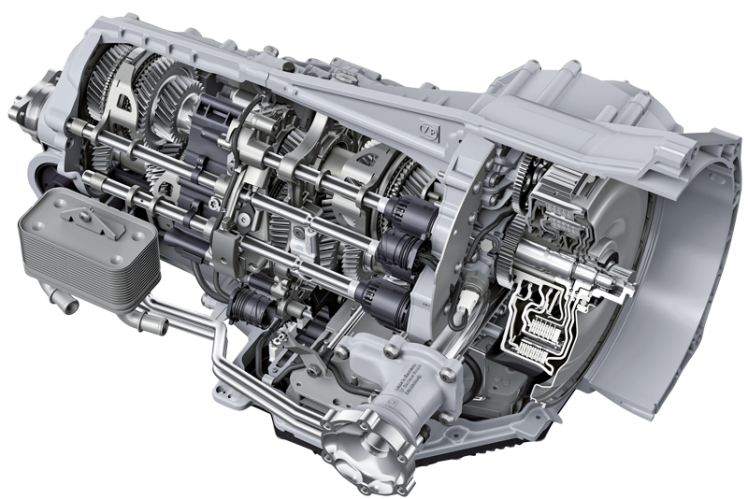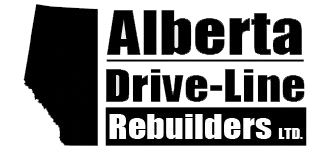
Whether you’re an avid driver or just dipping your toes in the world of cars, you likely may have heard about dual-clutch transmissions. Most automatic transmissions rely on a torque converter or pulleys, while a dual-clutch transmission uses clutch plates similar to a manual transmission. That’s why vehicles with dual-clutch transmissions cannot be driven like an automatic transmission vehicle because this can cause long-term damage to the transmission.
That’s why it is imperative to understand the dual-clutch transmissions, why it is different and other important details about it before you hit the road.
What Is A Dual-Clutch Transmission?
Although dual-clutch transmissions use clutch plates like a manual transmission, a dual-clutch transmission is still an automatic transmission. It uses two clutch discs, one is for the even-numbered gears and the other is for odd-numbered gears. The gears operate in order, yet instead of relying on the driver to dictate gear switching, a dual-clutch transmission switches on its own automatically. Some consider a dual-clutch transmission an automatic transmission because of the fact that the gears shift are automatic. The clutches and manual transmissions are in the same compartment and the components work together in unison to slow the vehicle or propel it faster.
Is A Dual-Clutch Automatic or Manual?
Many dual-clutch transmissions function in an automatic mode, however, some dual-clutch transmissions can allow the driver to manually shift a vehicle from one gear to the next. This is often referred to as “semi-automatic mode.” Dual-clutch transmissions are rising in popularity among new and veteran drivers. This is because of the number of benefits for dual-clutch transmissions, including:
- Increased fuel economy
- Faster gear shifting
- Fast upshift at rapid speeds
- Reduction in shift delay
Dual-clutch transmissions enhance a driver’s experience and allow for a much more responsive feel than conventional automatic transmissions. In addition, dual-clutch transmissions rapid shifting make it far easier for drivers to accelerate into much higher gears in a short amount of time. Many car aficionados prefer dual-clutch transmissions to traditional gearbox mainly because of its ability to hit rapid speeds without consuming a lot of fuel and with minimal delay.
How To Drive A Dual-Clutch Transmission Vehicle
Dual-clutch transmissions are an exciting ride, but it’s important to apply the following techniques for a smooth, enjoyable ride. To drive a dual-clutch transmission vehicle, apply the following:
- Stop Inching Forward: Avoid inching up when traffic is at a standstill as keeping your foot hovered over the break can damage the vehicle. Treat it similar to a manual vehicle, allow enough space to throw your vehicle into the next gear.
- Avoid Neutral: You do not need to put a dual-clutch transmission vehicle into neutral when stopped at the light. The dual-clutch transmission will force the clutch to then disengage if it feels the brake pedal has been applied.
- Brake on inclines: A dual-clutch transmission can succumb to wear and tear when they are stopped on an incline. Use the brakes to take the strain off of the clutch.
Alberta Drive-Line Rebuilders Ltd. is your transmission repair and transmission rebuild shop in Edmonton. Contact us today for efficient and effective service at https://albertadriveline.com/contact-us/.
